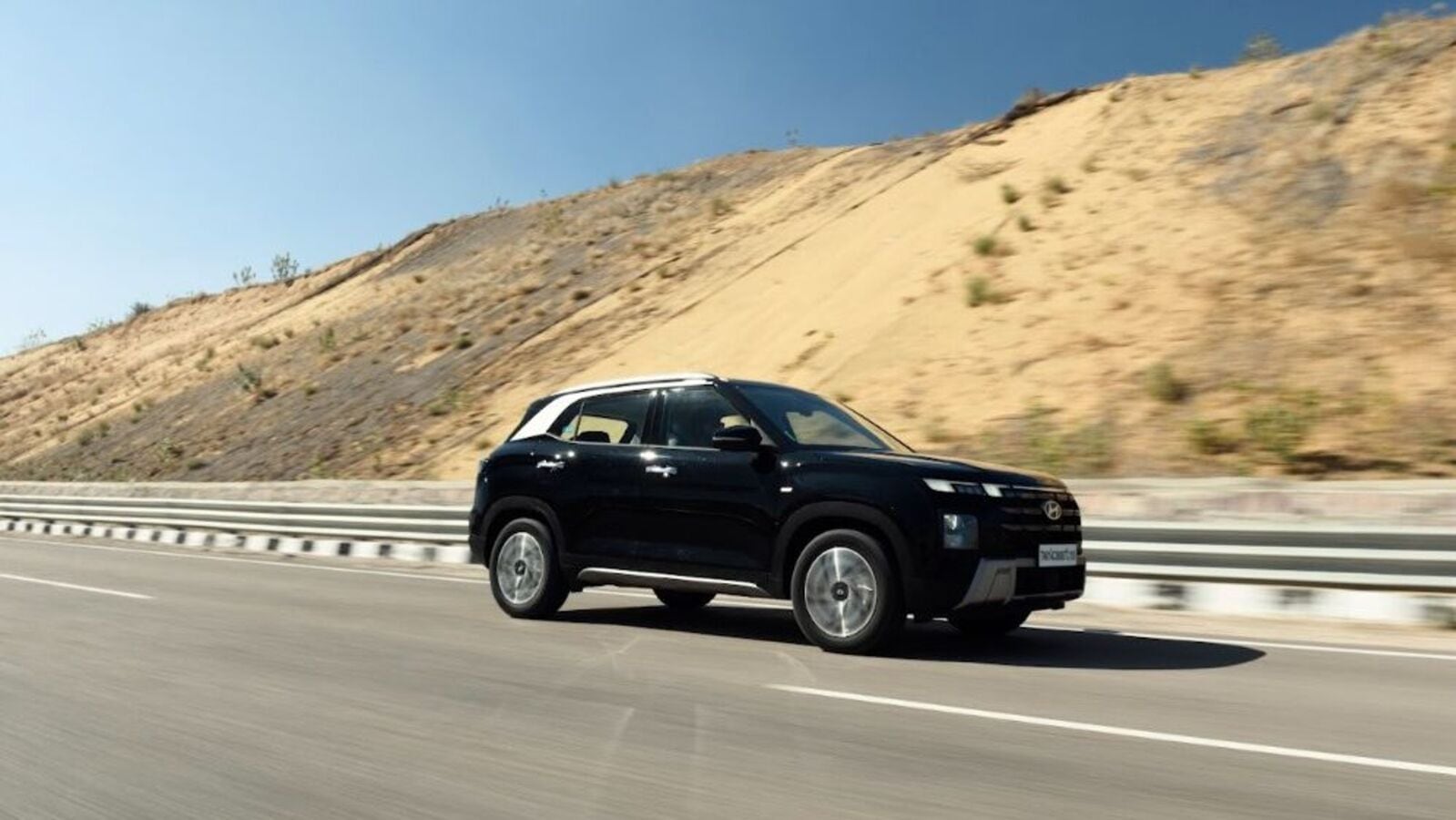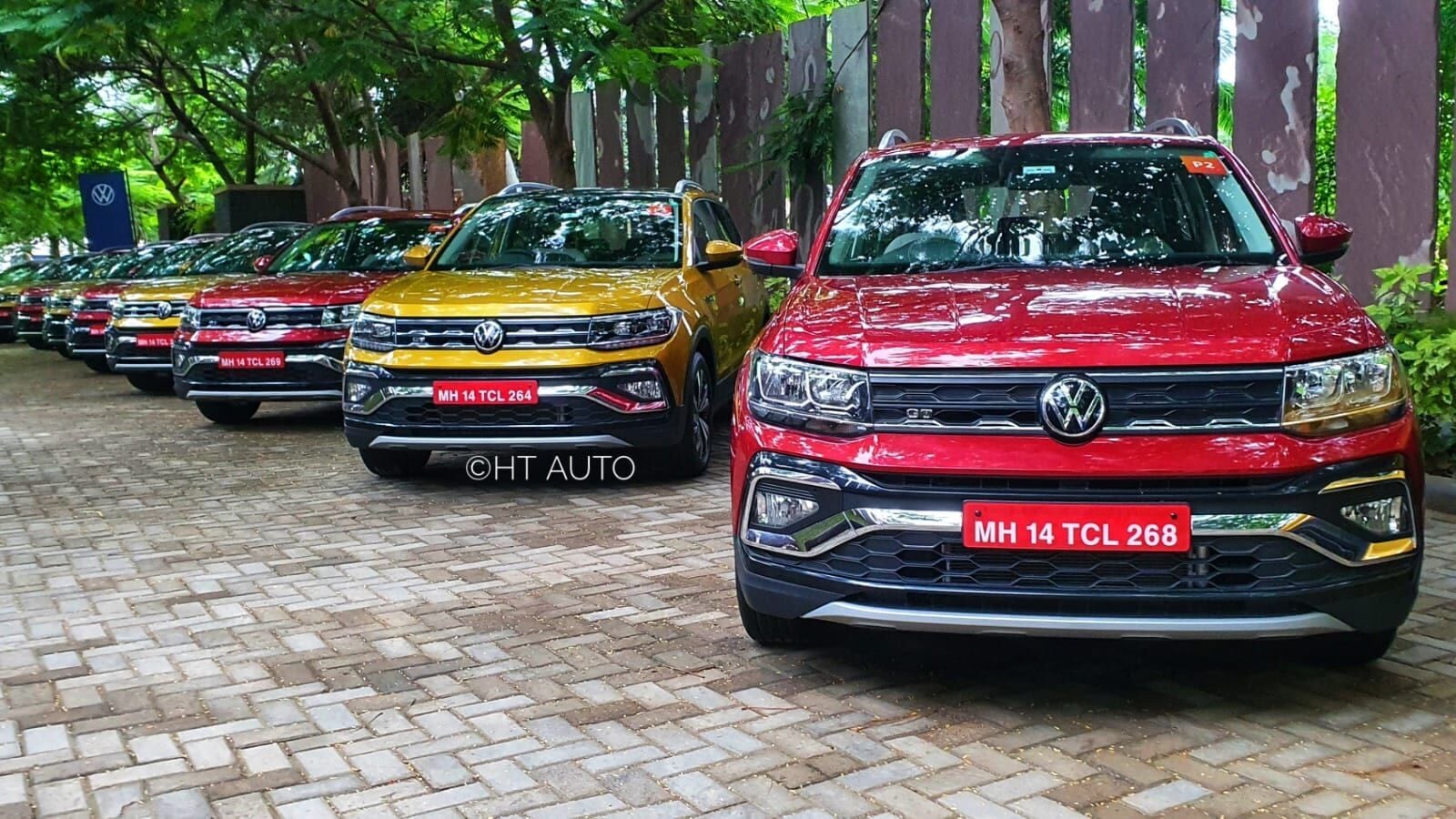- The 2024 Hyundai Creta is being offered with three engine options.
Hyundai Motor India Limited made a strong start to 2024 with the launch of the much-anticipated Creta facelift. This mid-size SUV, a dominant player in its segment, garnered over one lakh bookings in a mere three months, signifying continued customer interest.
However, Hyundai went beyond a simple refresh for the 2024 model year. The Creta facelift reflects a more comprehensive approach, addressing both aesthetics and functionality. A redesigned exterior boasts a sharper look, while the interior benefits from a complete overhaul.
The feature list expands significantly, and Hyundai has even incorporated ADAS (Advanced Driver-Assistance Systems) technology. This report will delve into the details of the Hyundai Creta facelift, analysing both the strengths and weaknesses of the updated Creta.
Improved styling over older model
The 2024 Creta facelift presents a significant departure from its predecessor in terms of visual identity. The most noticeable change lies in the completely redesigned front fascia. A prominent grille now dominates the frontal aspect, potentially generating a more imposing presence on the road. Flanking this central element are intricately designed LED daytime running lights (DRLs) that stretch across the vehicle’s width. This connected lighting element creates a unified visual statement, though some may find it a bolder aesthetic choice.
Also Read : 2024 Hyundai Creta: 5 things you should know
The rear of the Creta facelift reflects a similar design philosophy. A new connected LED taillight setup echoes the design of the DRLs, aiming for a more cohesive overall look. While the side profile remains largely unchanged, the combined effect of the front and rear redesigns steers the Creta’s visual language towards a more sophisticated direction. This shift in style signifies a move away from the previous design, potentially appealing to those who prefer a more mature and confident aesthetic for a mid-size SUV.
Feature packed top variants
The higher trim levels of the Creta facelift offer a comprehensive set of features catering to both passenger comfort and driver assistance. For enhanced comfort, the driver benefits from a power-adjustable seat, while ventilated front seats provide additional climate control, particularly useful in warm weather. Dual-zone automatic climate control allows for individual temperature preferences throughout the cabin.
Also watch: Hyundai Creta facelift review: Major step-up for the SUV king
In terms of driver assistance, the top variants integrate ADAS functionalities to bolster safety and provide a more supported driving experience. These features include forward collision avoidance assist, lane keeping assist, blind spot collision avoidance assist, and high beam assist. This suite of technologies can potentially help mitigate potential accidents and lessen the driver’s workload on the road. However, it’s important to remember that ADAS systems are not a substitute for safe and attentive driving practices.
High resale value
Since its introduction in 2015, the Hyundai Creta has established itself as a major player in the compact SUV (C-SUV) segment of the Indian market. The first-generation model achieved significant sales success, consistently outperforming rivals like the Renault Duster and Kia Seltos. This strong market performance, coupled with brand recognition from Hyundai, has translated into a reputation for retaining value in the used car market. The Creta’s dominance in the C-SUV segment is undeniable, with its resale value reflecting this success.
Poor value for money in lower variants
The price gap between the Creta variants can raise questions about value proposition, especially in the lower trim levels. The EX trim, priced at a ₹1.18 lakh premium over the base E variant, omits essential features like a rear defogger, wiper, camera, parcel tray, and automatic climate control. While the EX offers some upgrades, the lack of these conveniences might leave some buyers wanting.
The S variant sits at a further ₹1.22 lakh premium over the EX, bringing the total price increase to ₹2.40 lakh compared to the base E. While the S variant does include some of the missing features from the EX, the significant price jump may be difficult to justify for some buyers seeking a balance between affordability and desired features.
No Turbo Petrol-Manual Option
Unlike its sibling, the Verna, which offers a 6-speed manual transmission alongside the automatic option for the 1.5 turbo petrol engine, the Creta (not the Hyundai Creta N Line) currently lacks a manual gearbox choice for this powertrain. This might be a missed opportunity for some buyers.
The existing Creta turbo petrol with the automatic transmission already commands a significant price premium compared to the standard petrol-automatic variant. For driving enthusiasts or budget-conscious buyers who prioritise performance but prefer the engagement of a manual transmission, a Creta turbo petrol with a manual option priced under ₹20.0 lakh could have been a compelling proposition. This would allow them to experience the thrill of the turbocharged engine without stretching their budget as much.
First Published Date: 17 Jun 2024, 12:01 PM IST



